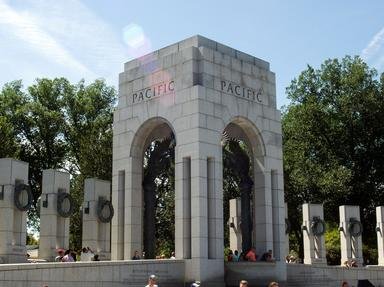Quiz Answer Key and Fun Facts
1. Which area of the United States was occupied by the Japanese during World War II?
2. When did the Japanese attack the Aleutians?
3. Most of the recruits in Castner's Cutthroats were native to Alaska. In addition to their familiarity with the area, what other attributes made them invaluable to the U. S. Army?
4. Why were the 1st Combat Intelligence Platoons called the Cutthroats?
5. The Cutthroats' first mission was to help establish an airfield on Adak Island which was nearer to the occupied islands than Dutch Harbor. They successfully occupied Adak in August 1942 but found no area suitable for an airstrip. The Cutthroats came up with a very clever idea to overcome the problem. What was it?
6. Army commanders believed that in the conflict in the Aleutian islands, they had two enemies, the Japanese being an obvious one. What was the other enemy?
7. May 1943, the military sent forces to retake Attu. The Cutthroats did the reconnaissance and were the first unit in the attack, personally taking the first three beach heads. What major mistake did the U.S Army make in this operation?
8. Before Attu was taken on 29 May 1943, the Japanese launched one of the largest "banzai" charges of the war. What was the Attu location of this attack?
9. The Cutthroats were part of the military force that attacked Kiska on 7 August 1943. What kind of resistance did they receive from the Japanese occupiers?
10. The Aleutian Islands campaign in World War II is sometimes referred to as "The Forgotten Battle". Why were these events so ignored by the American public?
Source: Author
pshelton
This quiz was reviewed by FunTrivia editor
bloomsby before going online.
Any errors found in FunTrivia content are routinely corrected through our feedback system.

